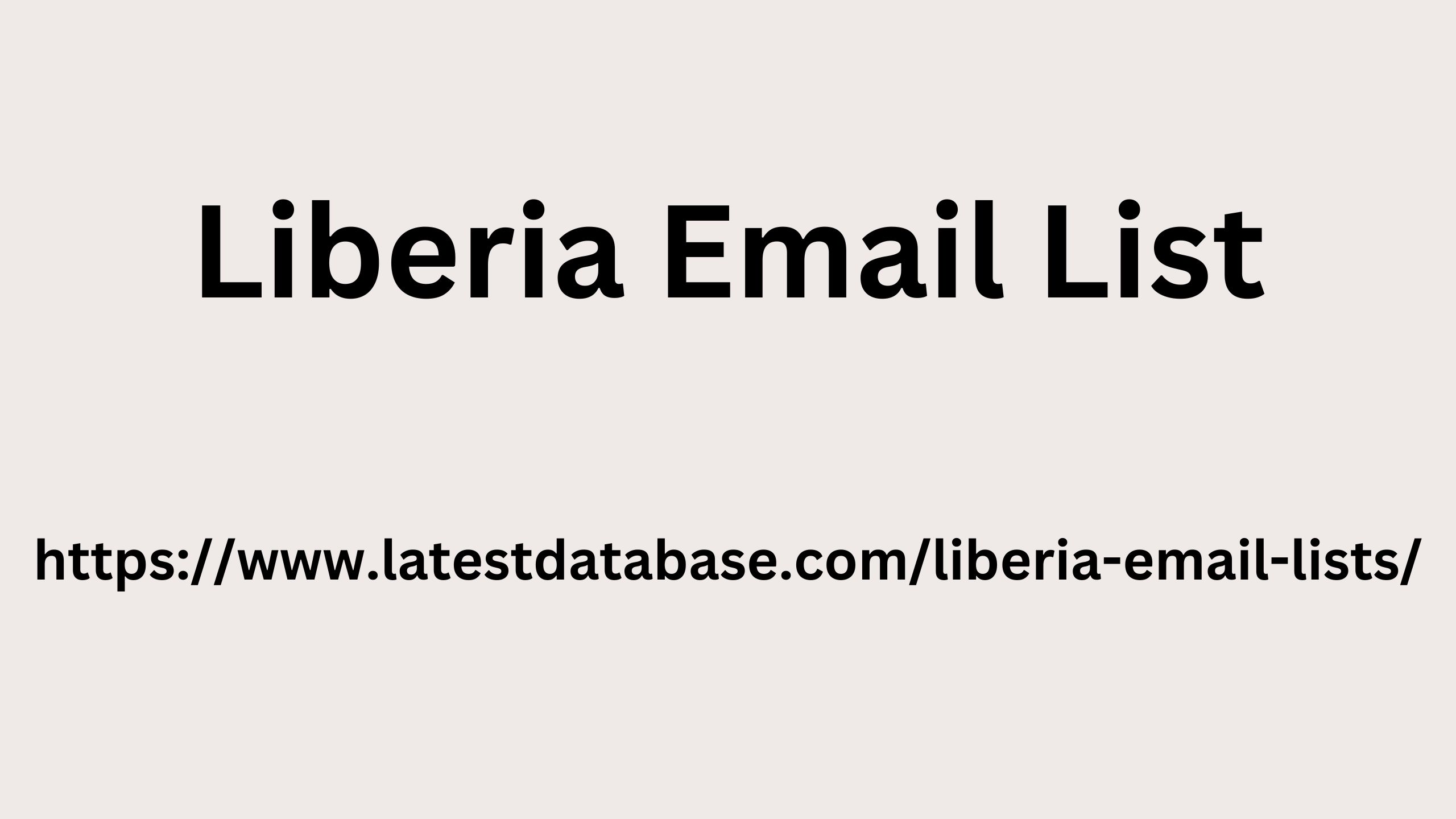|
|
But is this practice really effective for their image? And, more importantly, is this really helping the LGBTQIA+ Community?and reflect on that for a second. Being diverse is not just a whim from brands. As we have evolved as a society, we figured out how the world is full of inequities. Today, many organizations and countries are working to reduce these problems. It is not a coincidence that the United Nations (UN) has chosen gender equality and reduced inequality as one of the new goals for sustainable development.
When we talk about the struggles of the LGBTQIA+ community, representation in Liberia Email List the media is something very common nowadays. As a consequence, brands can feel forced to reflect this reality in their communication. You know, everybody wants to be “trendy”. However, these attempts to look or appear more “diverse” or “inclusive” can fall on the superficiality and even simplify the difficulties. When this phenomenon happens, the LGBTQIA+ community call it “Rainbow Washing” or “Pinkwashing,” an issue that companies should seek to avoid.

What is rainbow washing? First, let’s get to know what Rainbow Washing is. As defined by ThisIsGendered, it refers to the act of using or adding rainbow colors and/or imagery to advertising, apparel, accessories, landmarks, et cetera, in order to indicate progressive support for LGBTQIA+ equality (and earn consumer credibility) – but with a minimum of effort or pragmatic result. In this line of ideas, it is simple to see how a large number of brands make changes to their logo during the Pride Month.
|
|